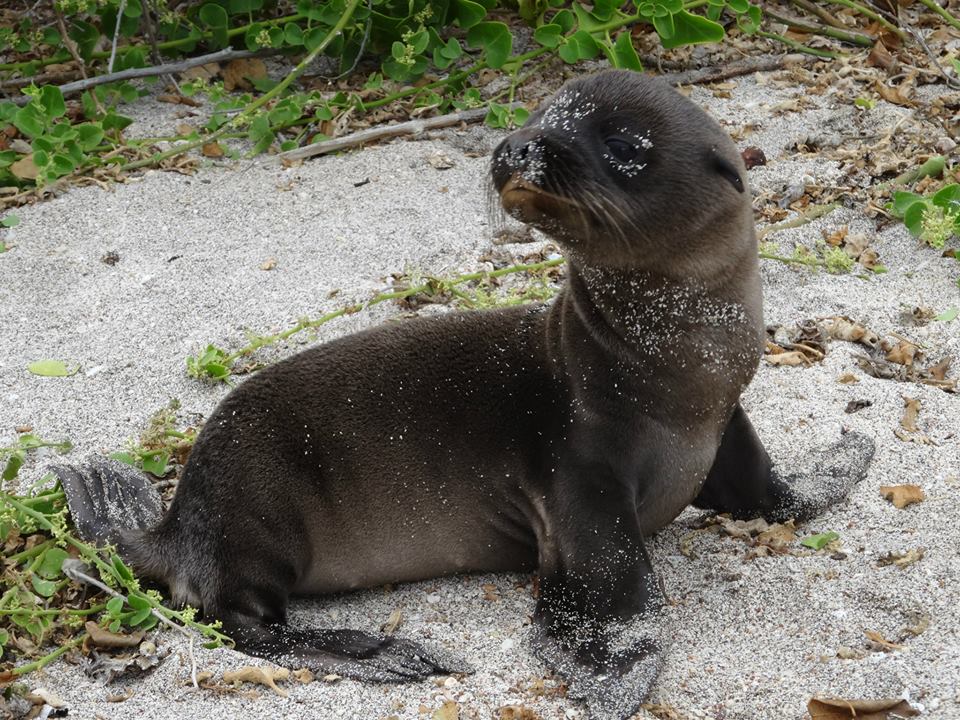Novel spatial structure in a two-species, one-pathogen system

Spatial structure is well known to have consequences on species interactions and disease dynamics. Using mathematical modeling on a hexagonal landscape, we examined how spatial structure influenced disease dynamics in the Galapagos sea lion population. The sea lions are exposed to semi-feral dogs on the island, which can bring novel diseases onto the island as they are brought in from Mainland Ecuador.
This reasearch looks at what an introduction to canine distemper would look like in the sea lions. We look at how spatial isolation, population density, and species groupings on an island landscape impact how the disease would spread through the sea lions. We also examine the imporance of including dogs in the system, and how that may change the trajectory of an epidemic insea lions.
This work was done with incredible support from Chris Moore and Karen Abbott!
Consequences of El Niño in the Galapagos sea lion- dystemper system
For my masters thesis in the Abbott lab, I looked at how a climatic driver, the El Nino Southern Oscillation (ENSO) event and Canine Distemper Virus (CDV), interact to influence the endemic, endangered Galapagos sea lion population. I am using a combination of simulation modeling and parameter sensitivity analysis to predict what an epidemic would look like under conditions where the population is naive to the disease and where some proportion of the population has recovered from the disease and is immune.
I am also analyzing how ENSO will affect different management strategies (e.g. vaccination, fencing around sea lion territories). The Galápagos is majorly affected by ENSO, during which sea surface temperatures rise, causing a collapse in marine productivity. The ecosystem is still recovering from a major ENSO event that occurred in 1997, and just recently there was another event in the tropical Pacific that began in 2015 and ended spring 2016. This event occurs every 2-7 years with variable severity, and is predicted to be very severe more often due to climate change. The loss in marine productivity creates a severe starvation on the sea lion population which affects pup survival and potentially susceptibility to disease. Sea lion females that are able to survive ENSO have trouble supporting a healthy pregnancy, which results in decreased pup production and increased pup mortality. After the severe ENSO event that impacted the Galápagos in the winter of 1997, the sea lion population decreased by at least 35%.
What I am interested in is how this dramatic event could interact with a CDV epidemic to influence the duration of the epidemic, overall mortality, and number of sea lions infected. There are several different ways this could turn out, depending on how the two events mesh with one another.
